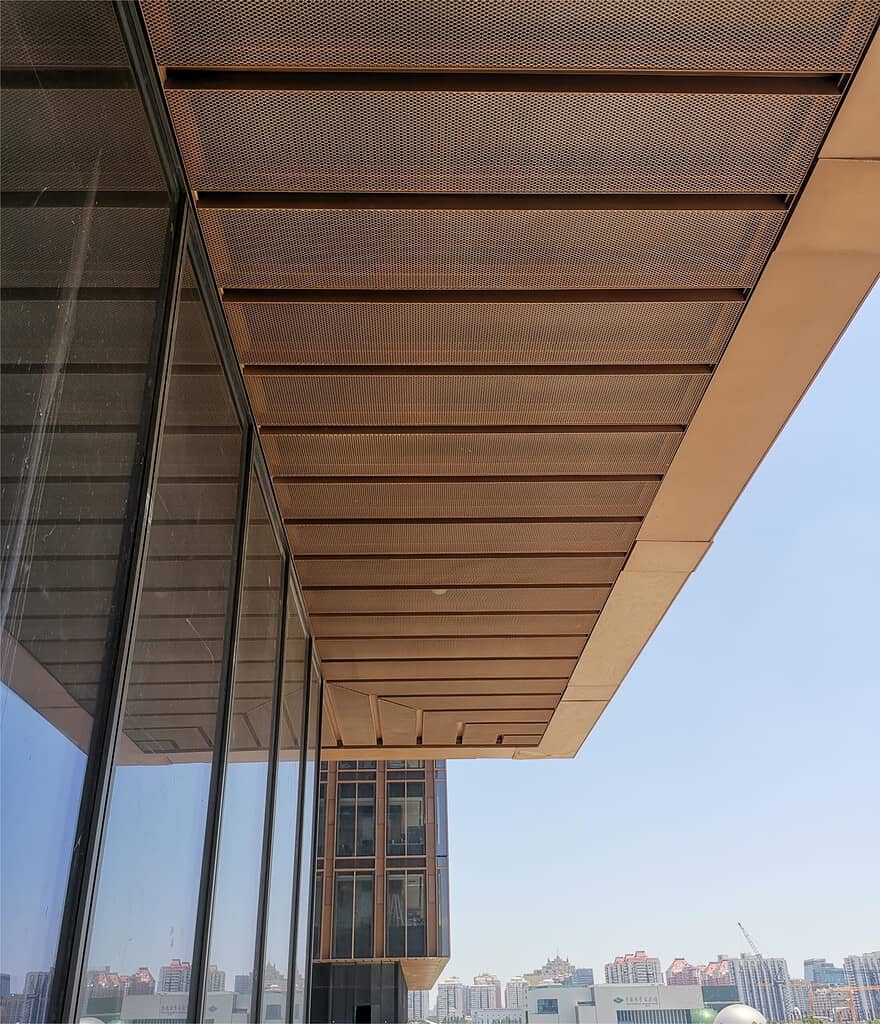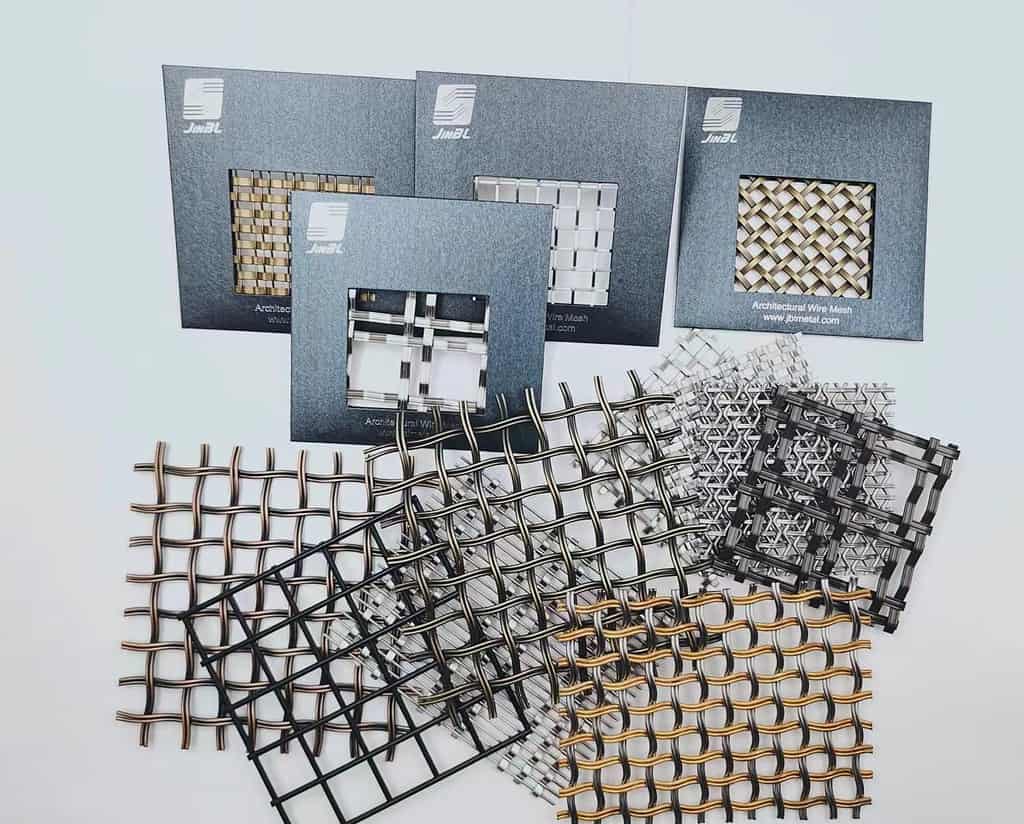Introduction
Metal architectural mesh refers to a woven or expanded metal fabric made from stainless steel, aluminum, or other alloys. It consists of interconnected wires or perforated sheets, creating an intricate pattern that allows for airflow, light transmission, and visual appeal. Sunshades, on the other hand, are architectural elements used to control sunlight, minimize glare, and reduce heat gain in buildings. By combining these two concepts, architects and designers can achieve both functional and aesthetic goals.

What is Metal Architectural Mesh?
Metal architectural mesh is a versatile material used in various design applications. It is created by weaving or expanding metal wires or sheets, resulting in a flexible and decorative fabric-like material. The interwoven or expanded structure of the mesh provides strength, stability, and transparency.

The Benefits of Metal Architectural Mesh
Metal architectural mesh offers several benefits that make it an attractive choice for designers and architects. These include:
- Aesthetics: Metal architectural mesh adds a unique and modern visual appeal to buildings. Its intricate patterns and textures create a captivating play of light and shadow, enhancing the overall aesthetics.
- Transparency: Unlike solid materials, metal architectural mesh allows for the passage of light and air, maintaining a connection between indoor and outdoor spaces. This transparency creates a sense of openness and contributes to energy efficiency.
- Sustainability: Metal architectural mesh is a sustainable material. It is typically made from recyclable metals and can contribute to LEED certification for green buildings. Its longevity and low maintenance requirements further enhance its sustainability.
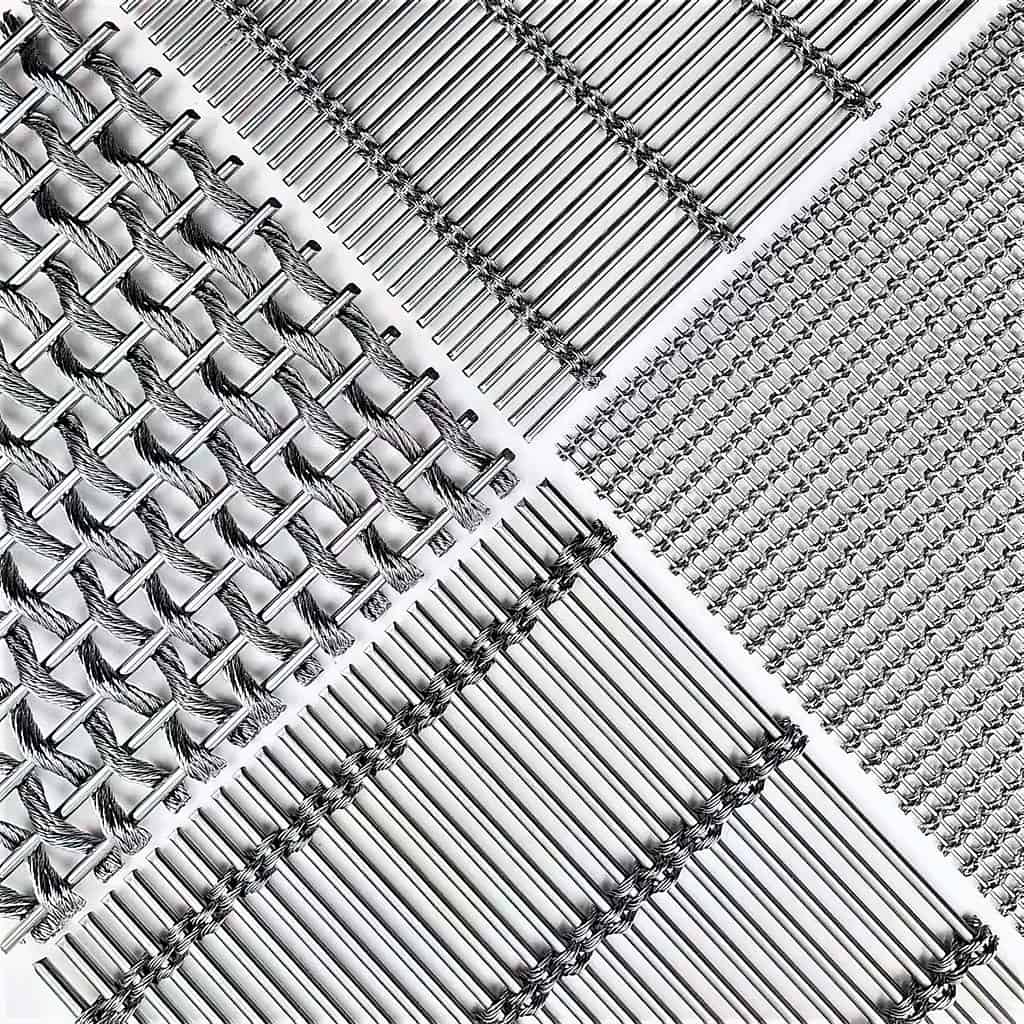
Applications of Metal Architectural Mesh
Metal architectural mesh finds application in various design scenarios. Some of the notable applications include:
Sunshade Solutions
Metal architectural mesh is widely used as a sunshade solution in buildings. Sunshades help regulate the amount of sunlight entering a space, reducing glare and heat buildup. The use of metal architectural mesh as a sunshade allows for controlled shading while maintaining visibility and aesthetics.

Façade Design
Metal architectural mesh can be integrated into building facades to create striking visual effects. The mesh can serve as a decorative element, adding depth, texture, and character to the building’s exterior. It also acts as a sunshade, improving energy efficiency by reducing solar heat gain.

Interior Design
In interior design, metal architectural mesh finds application in creating partitions, wall panels, ceilings, and decorative elements. The mesh adds a contemporary touch to spaces, allowing for airflow and light diffusion. It can be used to divide areas while maintaining a sense of openness.
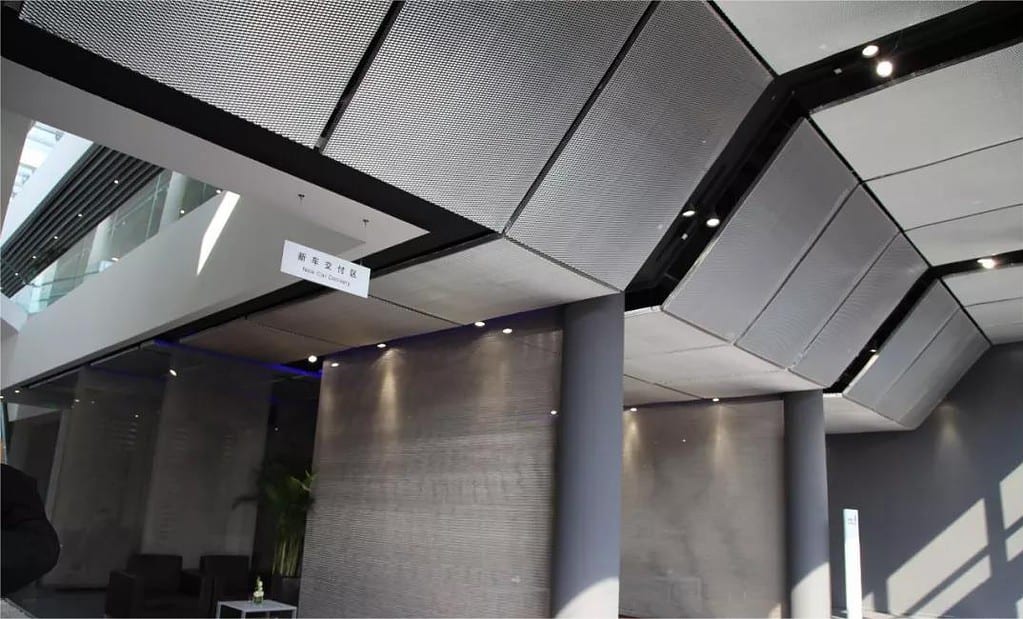
Types of Metal Architectural Mesh
Metal architectural mesh is available in various types, each with its unique characteristics and applications. The three common types are:
Woven Mesh
Woven metal mesh is created by interweaving individual wires in an over-and-under pattern. It offers exceptional structural stability and is often used for applications that require high strength, such as exterior cladding and safety barriers.
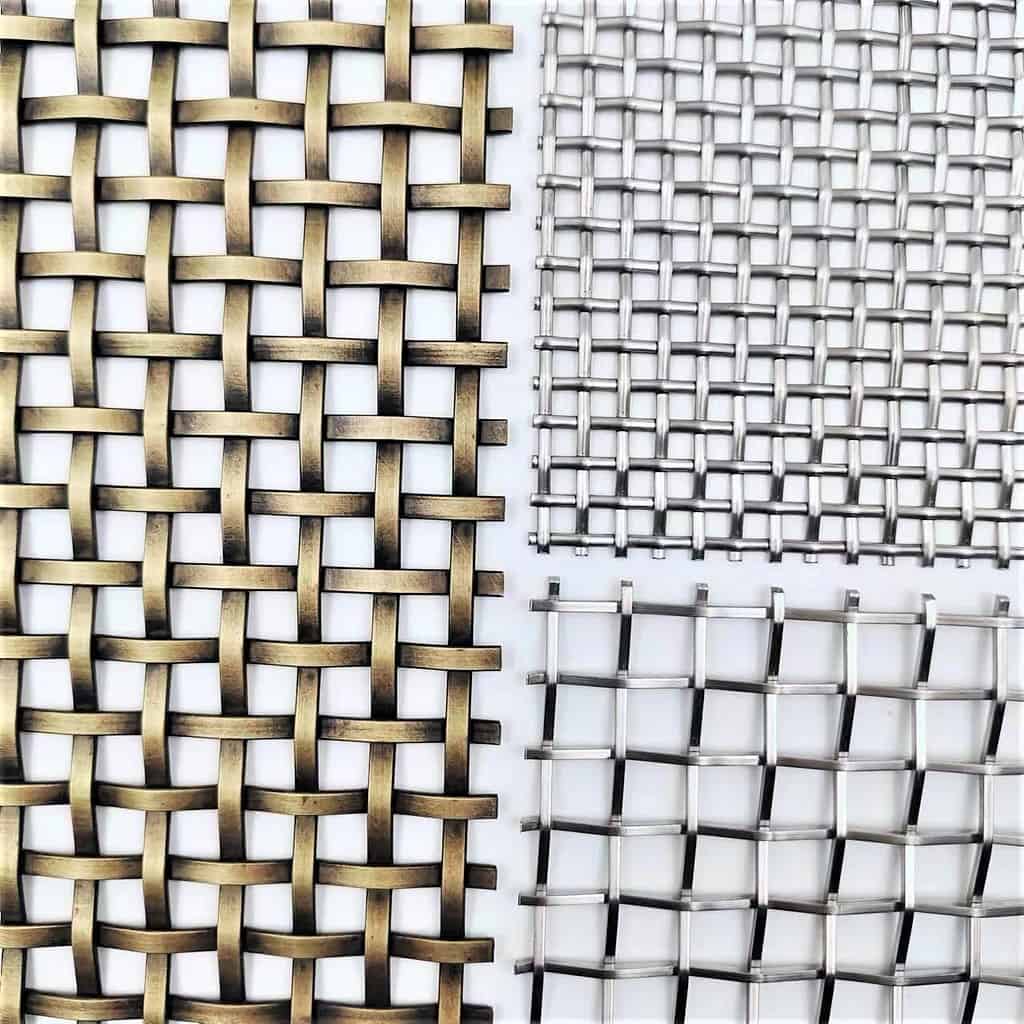
Expanded Mesh
Expanded metal mesh is produced by cutting and stretching a metal sheet, creating diamond-shaped openings. This type of mesh offers excellent rigidity, making it suitable for applications like sunshades, grilles, and privacy screens.
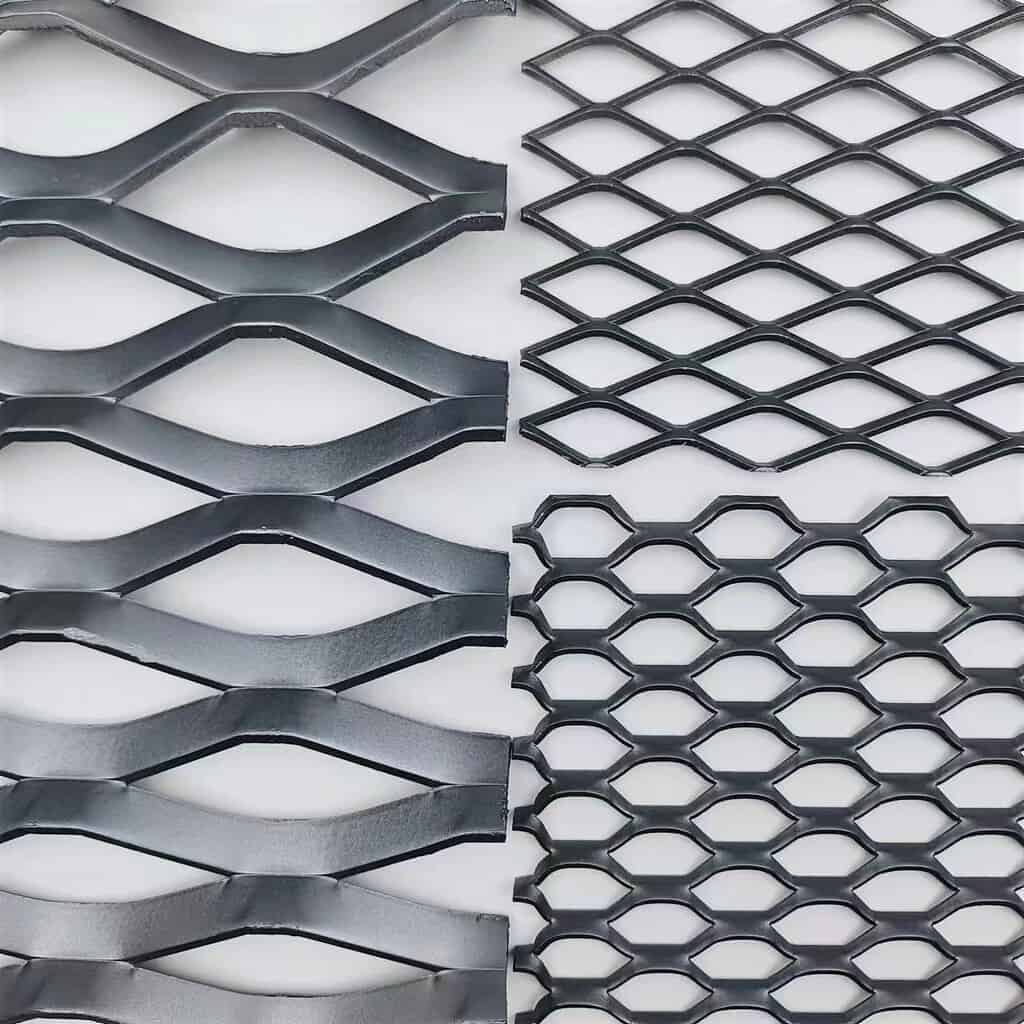
Perforated Mesh
Perforated metal mesh features regularly spaced holes punched into a metal sheet. It provides a balance between transparency and privacy and is commonly used for architectural accents, decorative panels, and sunshades.
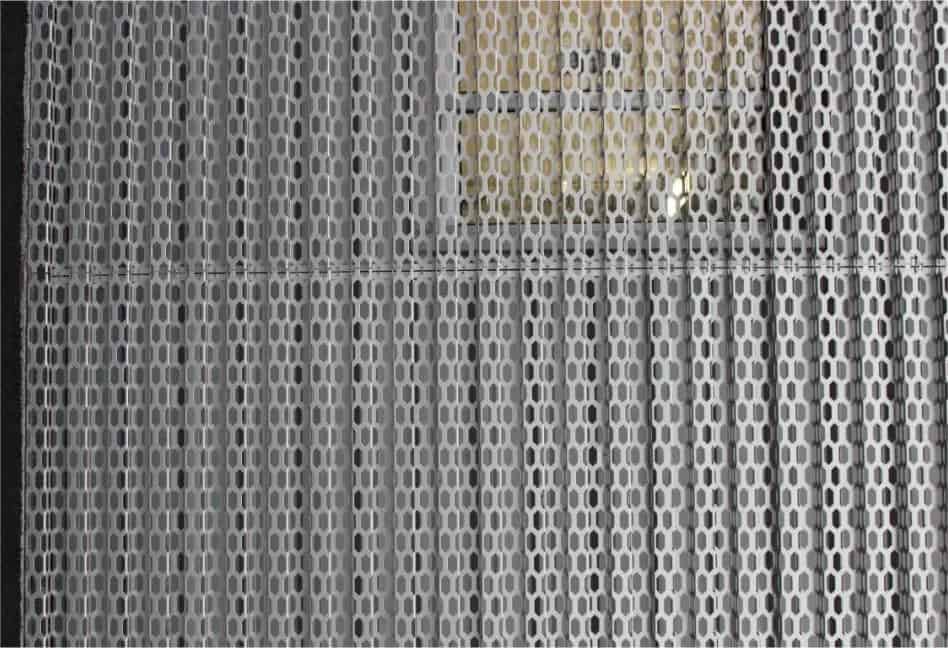
How Does Metal Architectural Mesh Work as a Sunshade?
Metal architectural mesh functions as a sunshade by diffusing and controlling sunlight. When used as an exterior sunshade, the mesh intercepts direct sunlight, reducing heat gain and glare. The open structure of the mesh allows for natural ventilation, promoting airflow and cooling the building’s interior. The degree of shading can be adjusted by selecting different mesh patterns, wire thicknesses, and open areas.

Advantages of Using Metal Architectural Mesh as Sunshade
Using metal architectural mesh as a sunshade offers several advantages, including:
- Energy Efficiency: By reducing solar heat gain, metal architectural mesh sunshades contribute to energy efficiency and can lower cooling costs.
- Visual Appeal: The unique patterns and textures of metal architectural mesh enhance the aesthetic appeal of buildings, creating a distinctive and contemporary look.
- Customization: Metal architectural mesh can be customized to fit specific project requirements. Architects and designers can choose from a wide range of patterns, colors, and finishes to achieve the desired effect.

Considerations for Choosing Metal Architectural Mesh
When selecting metal architectural mesh for sunshade applications, several factors should be considered:
- Solar Performance: The mesh’s ability to block sunlight and control heat gain should align with the building’s orientation and energy efficiency goals.
- Transparency: The desired level of visibility, privacy, and light transmission should be taken into account when choosing the mesh pattern and openness.
- Durability and Maintenance: The selected mesh should be suitable for the intended environment, considering factors like corrosion resistance, weatherability, and ease of maintenance.
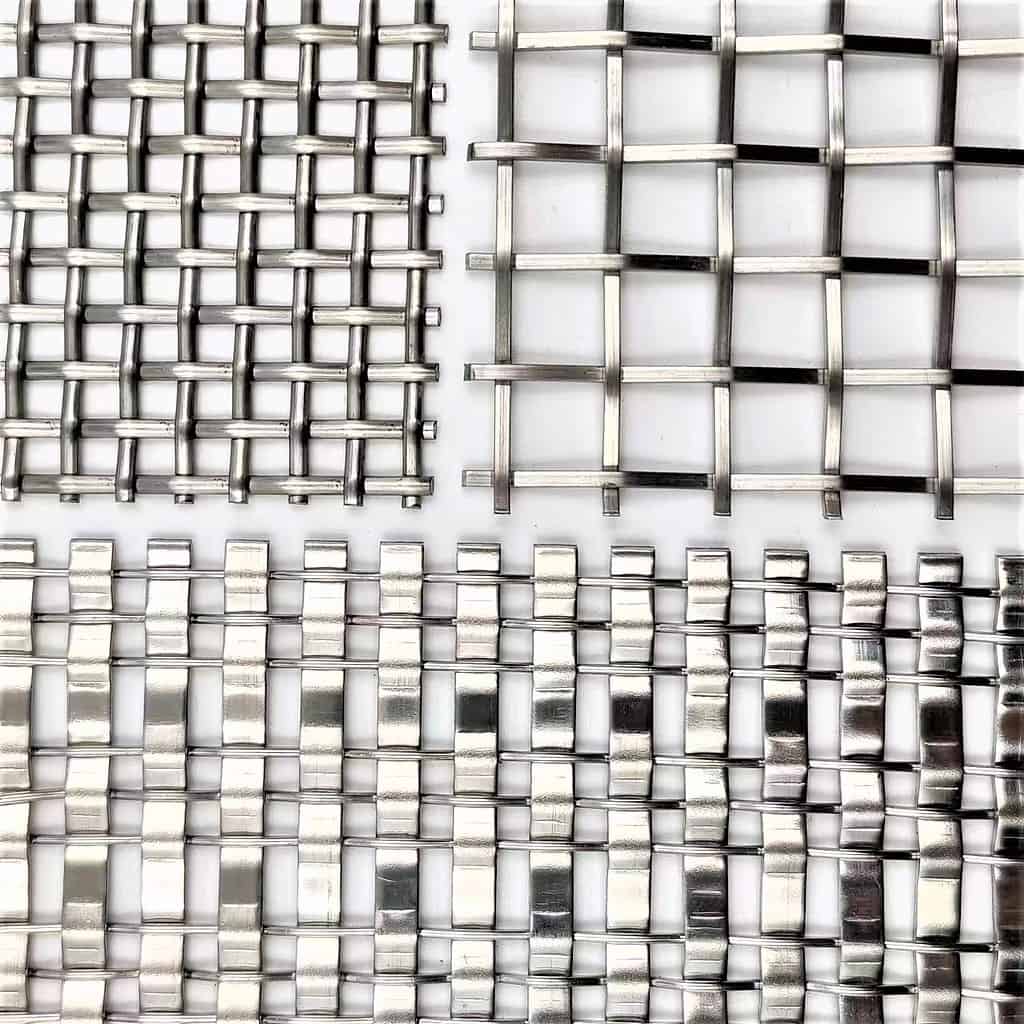
Installation and Maintenance of Metal Architectural Mesh
Proper installation and maintenance are essential to ensure the longevity and performance of metal architectural mesh as a sunshade. It is advisable to engage experienced professionals for the installation process to guarantee precise fitting and structural integrity. Routine maintenance, such as cleaning and inspections, should be carried out to remove debris, prevent corrosion, and address any damage or wear.
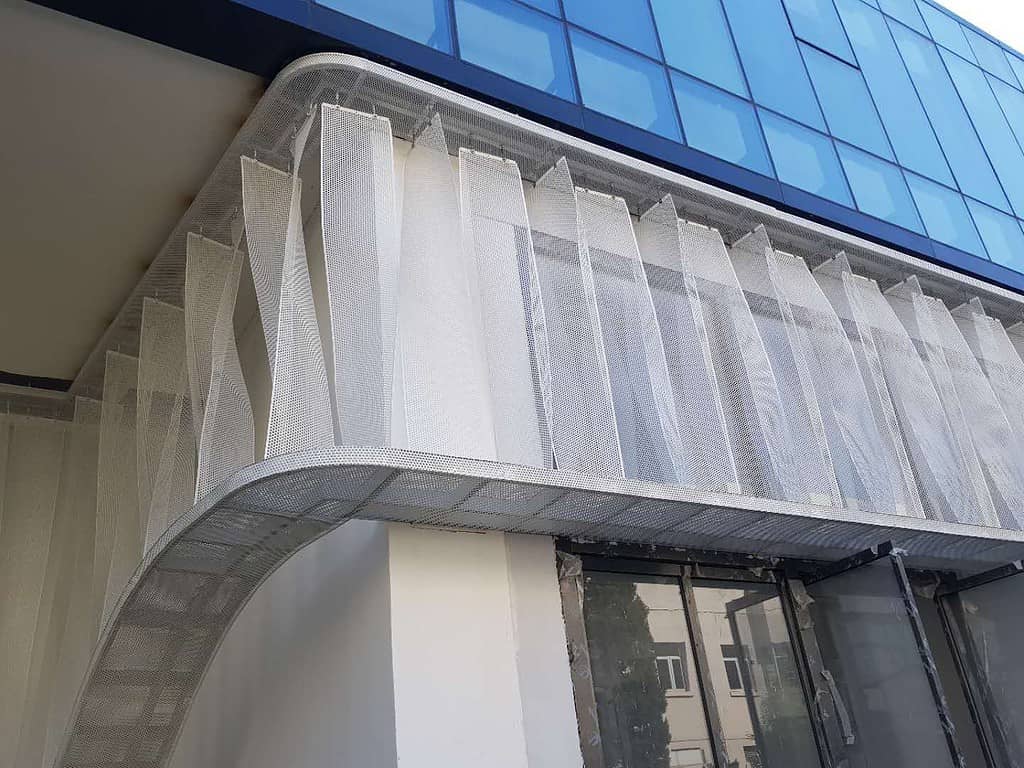
Conclusion
Metal architectural mesh serves as a versatile and aesthetically pleasing material for various design applications. When used as a sunshade, it offers benefits such as controlled shading, visual appeal, and energy efficiency. By understanding the different types of metal architectural mesh, its working principle, and the considerations for choosing and maintaining it, architects and designers can leverage its full potential in creating functional and visually stunning spaces.
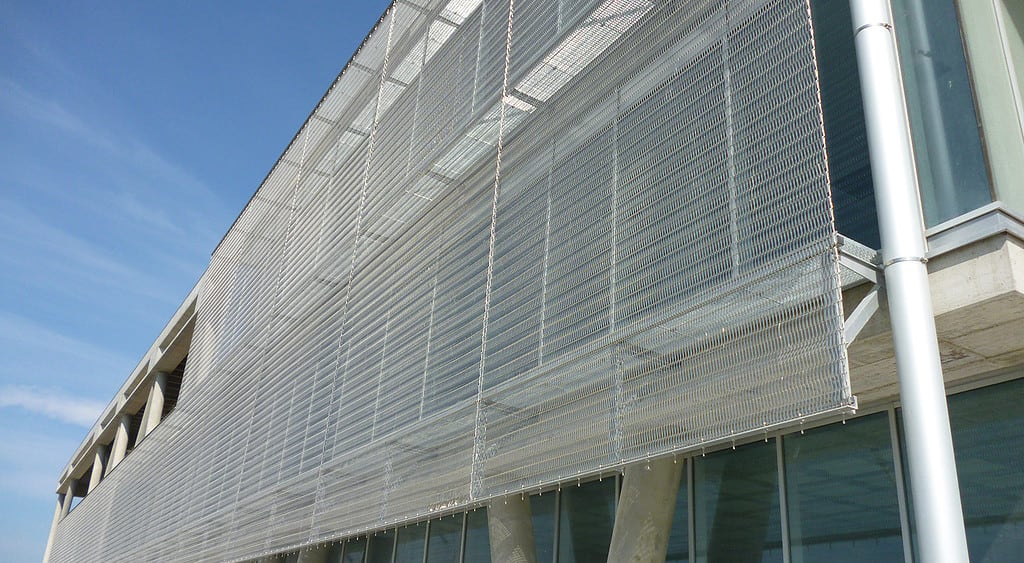
FAQs
Q1. Can metal architectural mesh be used for both exterior and interior applications?
Yes, metal architectural mesh can be used for both exterior and interior applications. Its versatility allows it to be integrated into building facades, partitions, ceilings, and decorative elements.
Q2. Does metal architectural mesh require regular maintenance?
Metal architectural mesh requires routine maintenance to ensure its longevity and performance. Cleaning, inspections, and addressing any damage or wear are essential maintenance practices.
Q3. Can metal architectural mesh be customized for specific projects?
Yes, metal architectural mesh can be customized to fit specific project requirements. Architects and designers can choose from a wide range of patterns, colors, and finishes to achieve the desired effect.
Q4. Does metal architectural mesh provide any energy-saving benefits?
Yes, using metal architectural mesh as a sunshade can contribute to energy efficiency by reducing solar heat gain and lowering cooling costs.
Q5. Is metal architectural mesh environmentally friendly?
Metal architectural mesh is a sustainable material. It is often made from recyclable metals and can contribute to LEED certification for green buildings. Its longevity and low maintenance requirements further enhance its environmental friendliness

